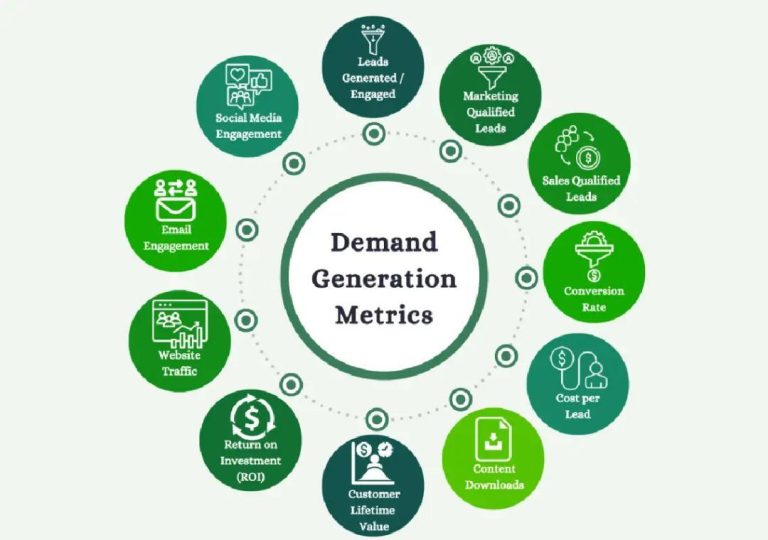
AI & Automation: The Productivity Power Duo
In today’s fast-paced business landscape, companies are constantly seeking ways to streamline operations, reduce costs, and increase efficiency. Two technologies that have emerged as game-changers in this quest are Artificial Intelligence (AI) and Automation. When combined, they form an unstoppable duo that is revolutionizing the way businesses operate.
The Rise of Intelligent Automation
Intelligent Automation (IA) is the integration of Robotic Process Automation (RPA) with Artificial Intelligence. RPA is a technology that enables the automation of repetitive, rule-based tasks by mimicking the actions of a human user. AI, on the other hand, is a set of algorithms that enable machines to learn, reason, and interact with humans. When combined, IA allows bots to handle routine tasks while machine learning tackles complex decisions.
The Benefits of IA
So, what makes IA such a powerful duo? Let’s take a closer look at the benefits:
- Faster Transactional Work: With IA, routine tasks can be automated, freeing up human teams to focus on higher-value tasks. This means that transactions can be processed faster, and errors can be minimized.
- Adaptive Processes: AI’s machine learning capabilities enable processes to adapt to new patterns and trends, ensuring that they remain efficient and effective over time.
- Human Teams Focused on Strategy: By automating routine tasks, human teams can focus on strategic decision-making, innovation, and growth.
- Improved Customer Experience: IA enables businesses to respond quickly to customer needs, providing a more personalized and efficient experience.
Industry Disruption
IA is not limited to any one industry. Its applications are vast, and its impact is being felt across various sectors:
- Finance: IA is being used to automate tasks such as data entry, accounting, and compliance, freeing up human teams to focus on high-value tasks such as investment analysis and portfolio management.
- Healthcare: IA is being used to automate tasks such as medical billing, claims processing, and patient data entry, enabling healthcare providers to focus on patient care.
- Manufacturing: IA is being used to automate tasks such as inventory management, supply chain optimization, and quality control, enabling manufacturers to increase efficiency and reduce costs.
- Customer Service: IA is being used to automate tasks such as chatbot-based customer support, enabling businesses to provide 24/7 support to their customers.
Challenges and Opportunities
While IA holds tremendous potential, it is not without its challenges. Some of the key challenges include:
- Change Management: Implementing IA requires significant changes to existing processes and workflows. This can be challenging for organizations with legacy systems and cultures.
- Data Quality: IA relies heavily on high-quality data. If data is inaccurate or incomplete, IA can produce inaccurate results.
- Skills Gap: The adoption of IA requires significant investment in training and upskilling. Organizations need to develop the skills required to design, implement, and maintain IA solutions.
Despite these challenges, the opportunities presented by IA are significant. As businesses continue to adopt IA, we can expect to see:
- Increased Efficiency: IA will enable businesses to automate routine tasks, freeing up human teams to focus on high-value tasks.
- Improved Accuracy: IA will reduce errors and inaccuracies, enabling businesses to make better decisions.
- Increased Agility: IA will enable businesses to respond quickly to changing market conditions and customer needs.
Conclusion
AI and Automation are a powerful duo that is revolutionizing the way businesses operate. By automating routine tasks and enabling machines to learn and make decisions, IA is enabling businesses to increase efficiency, reduce costs, and improve customer experience. While there are challenges to be addressed, the opportunities presented by IA are significant. As businesses continue to adopt IA, we can expect to see significant improvements in productivity, efficiency, and competitiveness.
Source:






